The Hucknall Incident
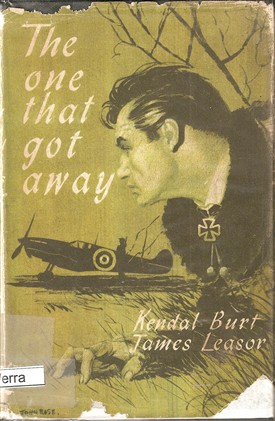
1956 book 'The one that got away'
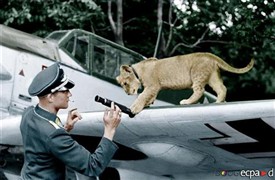
Franz von Werra with Simba
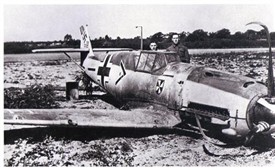
Von Werra's Messerschmitt shot down in Kent
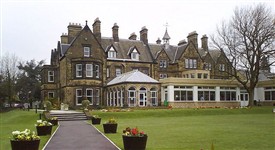
The Hayes, Swanwick
No longer a POW camp but still a conference centre
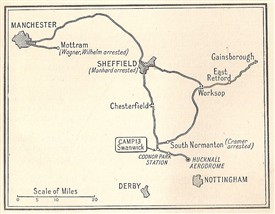
Map showing escape routes of von Werra and his comrades
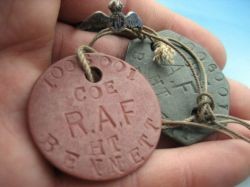
Dog tag of the kind forged for von Werra
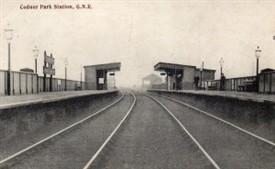
Codnor Park Station
Where von Werra waited for the RAF to come and fetch him
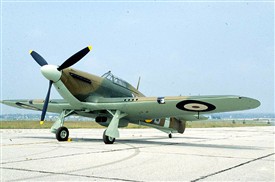
Hurricane Mk II
Similar to the one von Werra tried to take from Hucknall
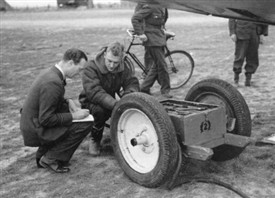
RAF Accumulator trolley
Lack of which prevented von Werra's escape from Hucknall
Franz von Werra, Luftwaffe POW who nearly got away from Nottinghamshire
By Ralph Lloyd-Jones
The escape of Luftwaffe Prisoner of War (POW) Franz von Werra is usually remembered as ‘The one that got away’, the name of the 1956 book by Kendal Burt and James Leasor, and the 1957 film starring Hardy Kruger. That title, though snappy and evocative, is not really accurate since several German POWs did manage to get away, at least from Canada, though none made it back to Germany from Great Britain.
His first escape attempt was made from Grizedale Hall, a POW camp in the Lake District. That was in early October 1940 when he managed to climb over a wall during the rest period of an exercise march and evaded capture for a few very uncomfortable hours on the freezing rainswept Fells. After recapture he was transferred to another camp converted out of a conference centre at the Hayes near Swanwick in Derbyshire. This was the scene of his second go at escaping which led to what the RAF called the Hucknall Incident.
The house at Hayes had a convenient storeroom not far from the wire, several fire buckets, scoops/shovels for dealing with small bombs and even an old forgotten cistern (to dump the dug-out earth in), giving ample opportunity for von Werra and four other enthusiastic escapees to make their bid. Their tunnel was dug between 17 November and 17 December with much difficulty, especially because of heat, lack of light and lack of air towards the end. Due to a high water level below ground it could not be as deep as they’d hoped, and they even had to go over a large sewage pipe which took them dangerously close to the surface. Ironically this led to a small cave-in just under the wire (which itself helped them by preventing a bigger collapse), but the accidental hole improved ventilation, so the tunnellers were extremely lucky.
One advantage which von Werra had was that he spoke quite good English, having already visited America as a merchant seaman before the War. His ingenious plan was to pose as a Dutch Allied pilot, infiltrate an aerodrome and steal an aircraft to fly back to occupied France. Helped by other prisoners he worked out a clever cover story whereby he would claim to have been shot down while returning to a remote base near Aberdeen after a bombing raid on Denmark. Another prisoner had retained his flying suit which, along with a good pair of boots, helped provide a disguise to make this story appear more convincing. It was also a valid excuse for not having any identity papers, although he did have a forged identity ‘dog-tag’, copied in paste from one which a guard had cheerfully shown him and other prisoners. They knew that they were between Sheffield and Nottingham and that Hucknall lay not far to the south.
On the night of their breakout the German officers were unwittingly helped by the bombing of nearby industrial centres. With some difficulty they managed to emerge unseen and, whereas the others made for big cities to the north and west – and eventually, they hoped, the coast – von Werra headed for railway lines to the south. The ‘shot-down Dutch pilot’ fiction was quite convincing to civilians, including the Stationmaster at Codnor Park who was harassed and busy issuing tickets to factory worker commuters arriving early the next morning. It was good enough, however, for The Great Northern Railway men and even for the C.I.D., some of whom the Stationmaster wisely called before notifying the RAF. His greatest moment of triumph now came in the sense that an RAF officer arrived to collect him, and chauffeur him onto the Hucknall airbase; though that officer did take the unusual precaution of carrying a holstered pistol – not usually part of his uniform.
The bluffing German airman was slightly worried when he learned that most of the RAF pilots at Hucknall were Polish, though he managed to avoid meeting any of them. The British officers he did encounter were not particularly convinced by the’ Dutch pilot’ and deliberately kept him near a roaring fire to try to get him to remove his (suspicious, non-regulation) flying overalls. They also wanted to see the forged dog-tag – which he realised had melted into a sticky blob! While the British Duty Officer was trying to telephone the ‘Dutchman’s’ Scottish base, von Werra slipped out and made a run towards Hurricanes he had previously observed parked nearby.
What he did not realise was that although half the base was run by the RAF, the other half was the Rolls Royce test airfield (as it still is to this day, though the RAF has long since departed). After being very lucky about avoiding some armed guards for the top-secret site he strode up to one of the Hurricanes and coolly ordered a nearby mechanic to prepare it for take off. He also requested some cockpit instruction since he was unfamiliar with the type. Unbelievably this was a plausible thing to say since he had managed to climb into one of the new Mark IIs, an improved and still classified version of the Hurricane. Had he succeeded in flying one intact to the continent it would have been a brilliant coup. The problem was that aeroplanes of the time required having their batteries charged from an accumulator trolley and this was not connected to the aircraft he had chosen. Before the ‘trolley-acc.’ could be brought over the Duty Officer re-appeared with his pistol.
This was undoubtedly one of the most audacious escape attempts by any prisoner under any circumstances, war or no war, throughout history. Shortly after his second recapture – and serving 14 days’ solitary by way of punishment – von Werra and all the Swanwick prisoners were transferred to a POW camp in central Canada. It was on his journey there that he did manage successfully to escape by jumping from a Canadian train while it was quite close (only about 30 miles) to the United States’ border. After many other adventures, which included stealing a large rowing boat without oars to cross the half-frozen St Lawrence River, he succeeded in reaching German Consular officials in the still-neutral USA. Helped by Nazi diplomats and German/American well-wishers he eventually returned to Germany by a very circuitous route: Mexico – Central America – Peru – Bolivia – Brazil and an Italian civil flying boat service to Vichy French West Africa, then neutral Spain, Italy and finally home. This was, of course, extremely expensive, but worth it for the Germans because he was able to bring back much useful information about British POW camps and interrogation methods. Although he was eager to return to the cockpit – especially after the June 1941 Nazi invasion of the Soviet Union when German pilots claimed vast numbers of aerial victories – they made him write detailed reports which greatly improved their security and Intellegence. He was promoted but died on October 25 1941 when his new Messerschmitt 109 F-4 suffered an engine failure and crashed into the North Sea. His body was never recovered and it was later claimed that he had been killed in action on the Russian front.
This is a remarkable story which deserves to be better known.
For some personal reminiscences of the Von Werra Incident, click HERE